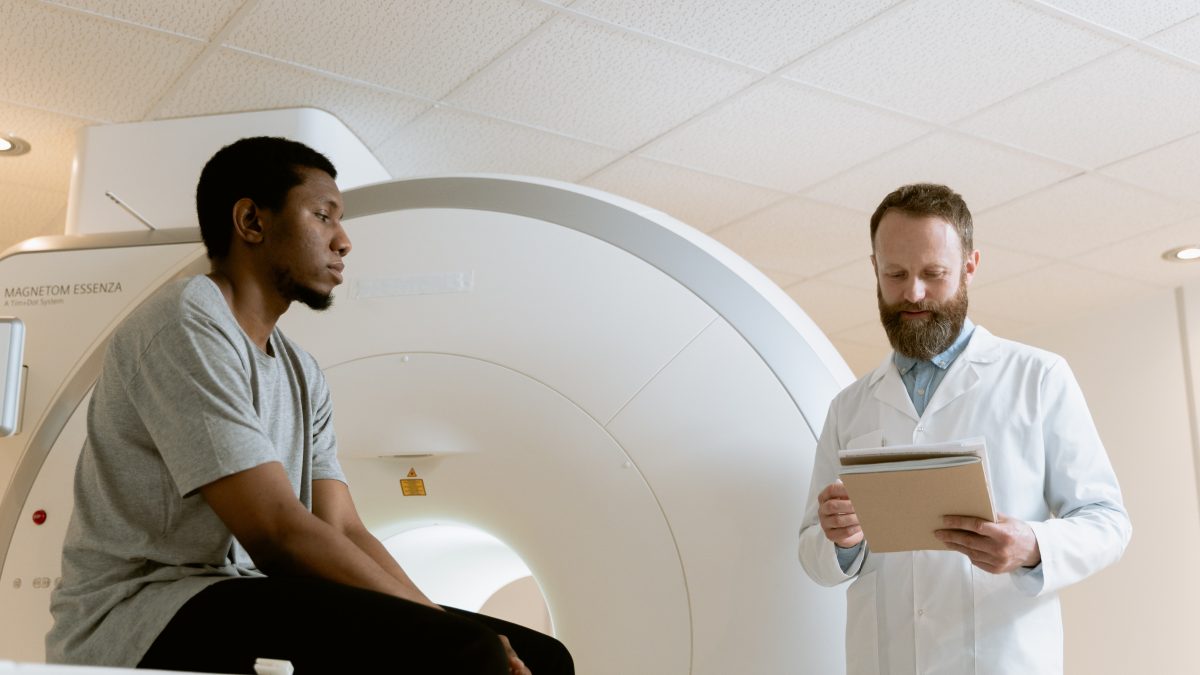Becoming a hospitalist in the US is a challenging but rewarding career path that requires a rigorous education and training process. Hospitalists are physicians who specialize in providing medical care to patients who are admitted to hospitals. Hospitalists work closely with other healthcare professionals to manage patients’ care during their hospital stay. To become a hospitalist in the US, you need to go through the following 5 steps
- Earn a Bachelor’s Degree (4 Years)
- Take the MCAT (Medical College Admission Test)
- Earn a Medical Degree (4 Years)
- Earn the Required Medical License
- Complete a Residency Program (3 – 4 Years)
In this essay, we will explore each step involved in becoming a hospitalist in the US.
Earn a Bachelor’s Degree:
The first step in becoming a hospitalist is earning a bachelor’s degree from an accredited St.Kitts Medical School. Although a bachelor’s degree in any field is acceptable, most aspiring hospitalists choose to major in pre-med or any other science-related field. Majoring in a science-related field provides a solid foundation for medical school and fulfills most of the prerequisites for medical school admission. During the four-year undergraduate program, students take courses in
- Biology
- Anatomy
- Chemistry
- Physics
- Calculus
Medical school applications require a minimum of three years of completed undergraduate education with a high GPA of 3.6 or above. To be successful in this competitive field, candidates need to have a diverse range of experiences such as work, volunteer, extracurricular, and shadowing. Even without a bachelor’s degree, candidates with three years of college education can still apply to medical school.
Take the MCAT:
The Medical College Admission Test (MCAT) is a standardized test that assesses the candidate’s knowledge of biology, chemistry, physics, and critical thinking. It also tests the applicant’s communication, reasoning, and writing skills.
MCAT is divided into 4 sections – including;
- Biological and biochemical foundations of biological systems
- Physical and chemical foundations of biological systems
- Psychological and social foundations of biological systems
- Reasoning and critical analysis
The MCAT score plays a significant role in determining admission to medical school. It is important to prepare well for the MCAT as the score determines the candidate’s eligibility for medical school admission. Students should plan to take the MCAT at least a year before applying to medical school.
Earn a Medical Degree:
After scoring well in the MCAT, aspiring hospitalists must earn a medical degree from an accredited medical school. The Liaison Committee on Medical Education (LCME) provides a comprehensive inventory of approved medical education programs. To obtain further guidance and tips on gaining admission to medical school, consulting with the Association of American Medical Colleges is recommended.
Medical school typically takes four years to complete and involves classroom lectures, laboratory work, and clinical rotations. During the first two years of medical school, students take courses in anatomy, biochemistry, microbiology, pathology, pharmacology, and other medical-related courses. In the last two years, students engage in clinical rotations, where they gain practical experience in diagnosing and treating patients under the supervision of experienced physicians.
After finishing a four-year program in medical school, a student is granted a medical degree (M.D.). In addition, many educational institutions now provide integrated degree programs, such as MD/MPH, MD/PHD, or MD/JD, which have become increasingly prevalent.
Earn the Required Medical License:
Each state mandates that a recent medical graduate passes a standardized national exam. Of note, that licensing prerequisites may differ from state to state. Therefore, it’s recommended that you contact your state’s medical board to obtain accurate information regarding the specific requirements.
After completing medical school, aspiring hospitalists must earn the required medical license by passing the United States Medical Licensing Examination (USMLE). The USMLE is a three-step exam that assesses the candidate’s knowledge of medical concepts, patient care, and medical ethics. The first two steps of the exam are taken during medical school, and the final step is taken after completing a residency program. Candidates must pass all three steps of the USMLE to obtain a medical license.
You can find practice questions, guides, and supplementary resources on the USMLE website. The USMLE test permits only 6 endeavors, with no chance to repeat the exam for score enhancement.
Complete a Residency Program:
After passing the USMLE, aspiring hospitalists must complete a residency program in internal medicine, which usually takes three to four years. During the residency program, doctors gain practical experience in diagnosing and treating patients in a hospital setting under the guidance of experienced physicians. Residents work long hours and are exposed to a wide range of medical cases, which helps to hone their medical skills.
Depending on the chosen specialty, residency programs can last between three to eight years. Hospitalists can choose to complete a residency in internal medicine, family medicine, or pediatrics.
Take Away
Becoming a hospitalist in the US requires a rigorous education and training process. It requires earning a bachelor’s degree, taking the MCAT, earning a medical degree, earning the required medical license, and completing a residency program. These steps help aspiring hospitalists to gain the necessary knowledge, skills, and practical experience to provide comprehensive medical care to patients in a hospital setting.







